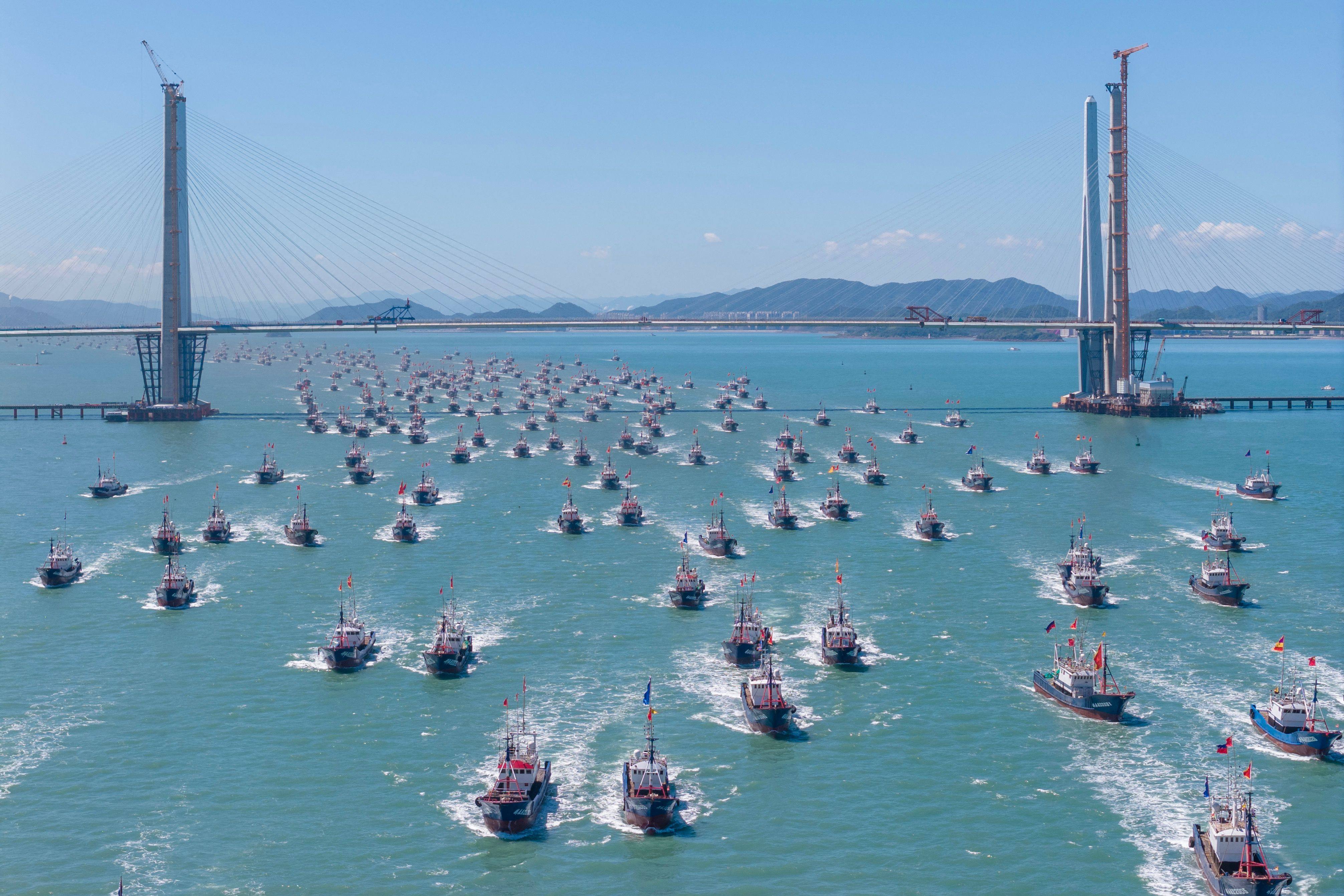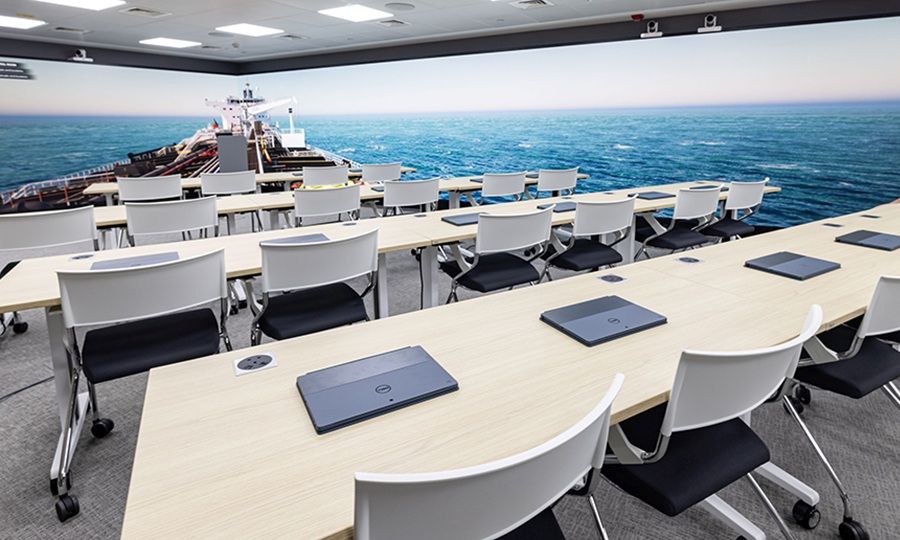Copyright scmp

China’s ambitious five-year strategic blueprint has revealed the country’s plan to become a global sea power, with pledges to secure its maritime periphery while countering American sanctions and other perceived external security threats. The aspirations were outlined in a broad policy document for the country’s 15th five-year plan adopted at the Communist Party’s fourth plenum in Beijing last week and released by state news agency Xinhua on Tuesday. While stressing “Chinese-style modernisation” through coordinated domestic and international strategies, the plan emphasised maritime development and foreign-related national security amid rising geopolitical tensions, especially in the South China and East China seas. It underscored Beijing’s goal of positioning itself as a defender of national interests and a global power offering an alternative to the Washington-led model of governance as China-US tensions brew. Specifically, the document outlined plans to hasten China’s “maritime power” strategy in the next few years, with a focus on integrated land-sea governance and innovation in marine science to bolster that sector of the economy. “We should pursue coordinated land and marine development, increase the capacity for sea management, advance high-quality development of the marine economy and step up efforts to build China into a strong maritime country,” the document said. Innovation in marine science and technology “should be strengthened”, it added, with an eye to sharpening “our edge in marine equipment manufacturing” and building up “emerging maritime industries” and “modern shipping services”. Without mentioning the South China Sea by name, the plan made clear Beijing could reinforce its expansive territorial claims in the highly contested resource-rich waters. Its claims overlap with parts of the exclusive economic zones of Brunei, Malaysia, the Philippines and Vietnam, among others. “We must resolutely safeguard our maritime rights, interests and security,” it said, while calling for improving “our capacity for maritime law enforcement and judicial administration of marine affairs”. The plan also addressed China’s continued expansion into offshore oil, gas and renewable energy alongside marine ecological restoration, aligning with global calls for sustainable development. In addition, it called for strengthening “the protection and restoration of ecosystems in key sea areas” and improving “systems for supporting deep-sea and polar-region expeditions”. The plan unveiled on Tuesday aligned with President Xi Jinping’s goal of building China into a maritime power, first outlined in his report to the 18th party congress in 2012 and formally incorporated into national planning through the 13th five-year plan in 2016. But, as Chen Xiangmiao, an associate research fellow at the Chinese government-backed National Institute for South China Sea Studies, observed, back then “there was no clear or specific road map for how to achieve this goal”. Chen described the latest five-year plan as “more detailed and actionable” and indicating a “concrete phase of implementation”. “It’s not just about proposing the idea of building a maritime power,” he added. “It’s about accelerating it.” Despite mounting tensions between China and the Philippines, the new plan signalled a subtle shift from a security-driven maritime posture towards one focused on green development and partnership, Chen said. “While disputes in the South China Sea often draw attention, I believe cooperation between China and Southeast Asian countries outweighs the conflicts,” he said. “The ocean shouldn’t be defined solely by disputes. It should be a space for peaceful development and shared prosperity. That’s the priority.” Yet at the same time, Beijing outlined plans to firm up its foreign-related national security mechanisms, including emergency management, anti-sanctions tools and the protection of overseas interests. These steps appeared to directly respond to an intensifying geopolitical rivalry with the United States, particularly over maritime disputes, technology transfer, sanctions and long-arm jurisdiction efforts such as extradition orders and asset freezes targeting Chinese companies and individuals. “We should refine mechanisms for ensuring national security in foreign affairs, establish our systems for ensuring overseas security and step up our fight against foreign sanctions, interference and long-arm jurisdiction,” it said. In this vein, the plan called for stronger “international law enforcement cooperation on security” and the promotion of “better global security governance”. That stance is largely aimed at countering American pressure and expanding China’s influence among Global South and non-Western partners. “We should raise public awareness of national security to build a strong public line of defence,” it added, reflecting Beijing’s growing unease over perceived external threats, including subversion. Chinese officials have routinely criticised the American military’s presence in the South China Sea, with Guo Jiakun, a foreign ministry spokesman, on Monday calling Washington the “root cause” of regional instability and maritime tensions. “The US has been flexing muscles by frequently sending military vessels and aircraft to the South China Sea,” Guo said. “This is the root cause of security issues at sea and disruption to regional peace and stability.”



